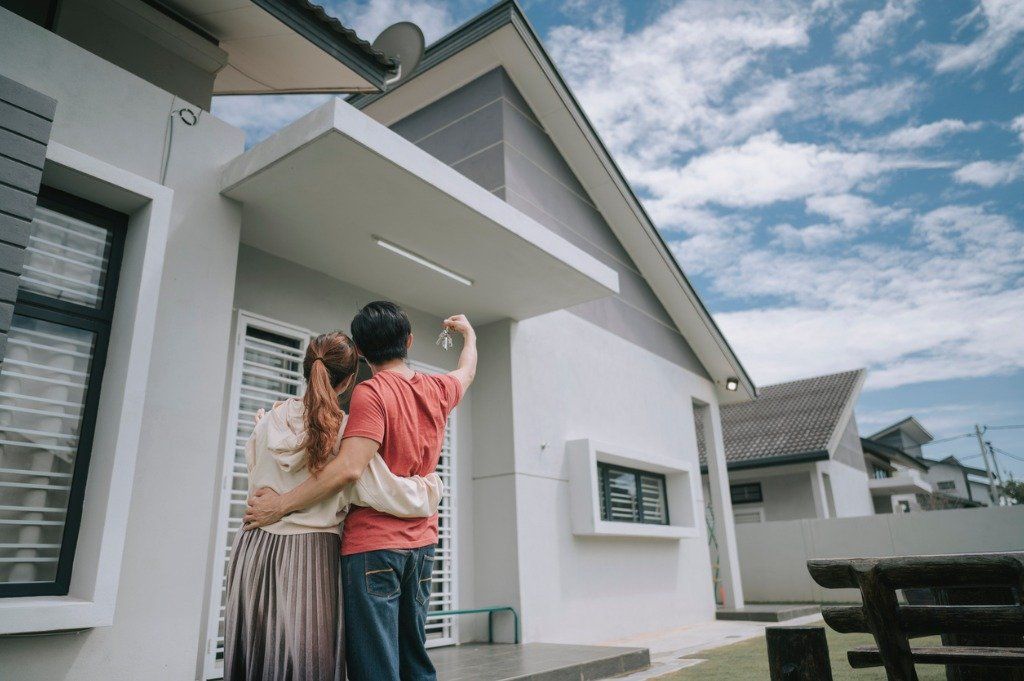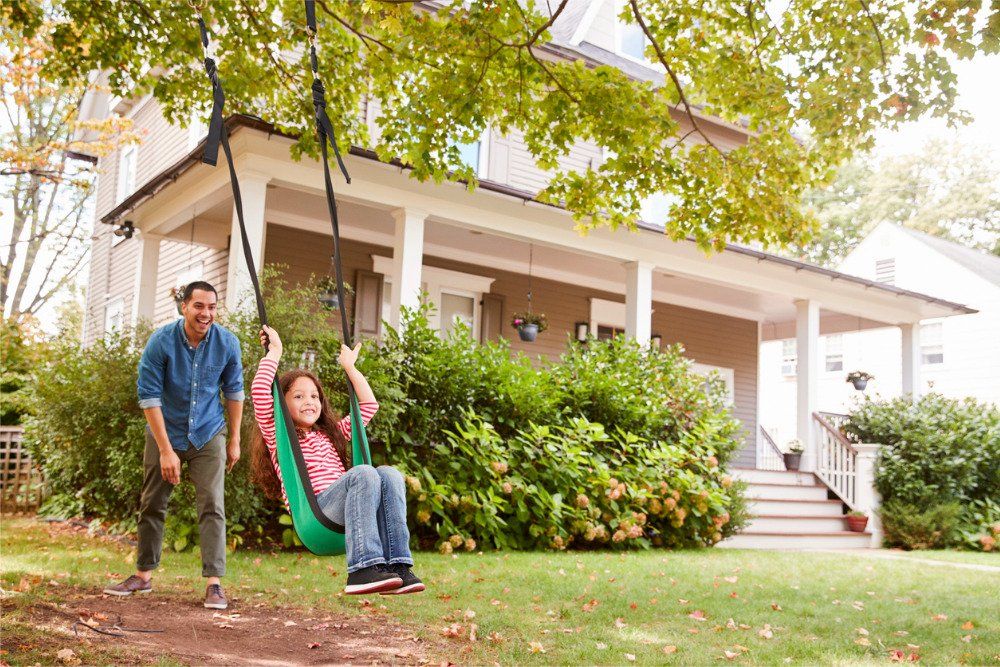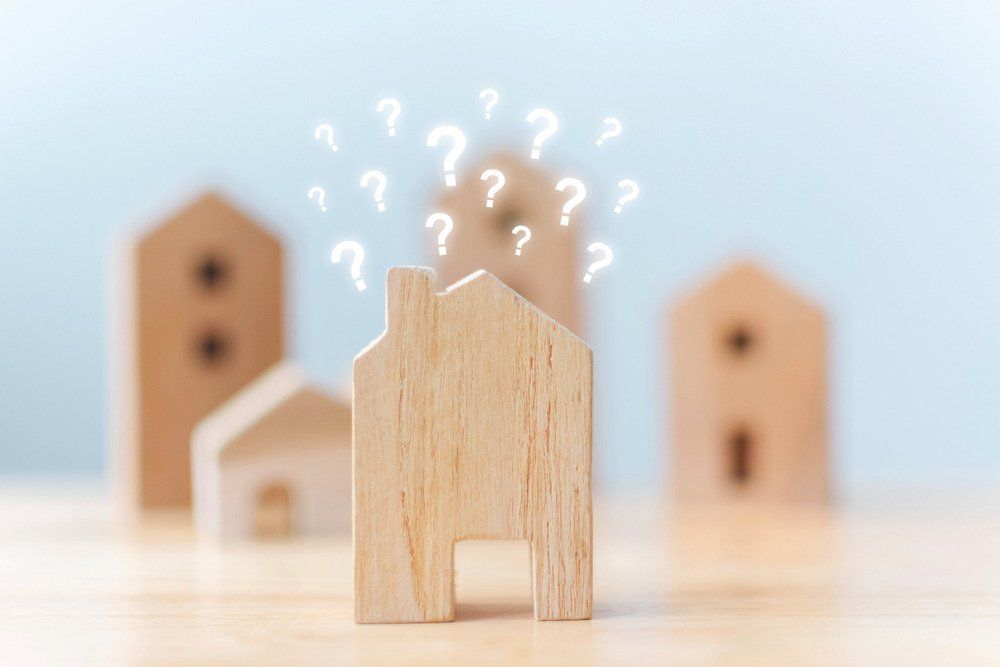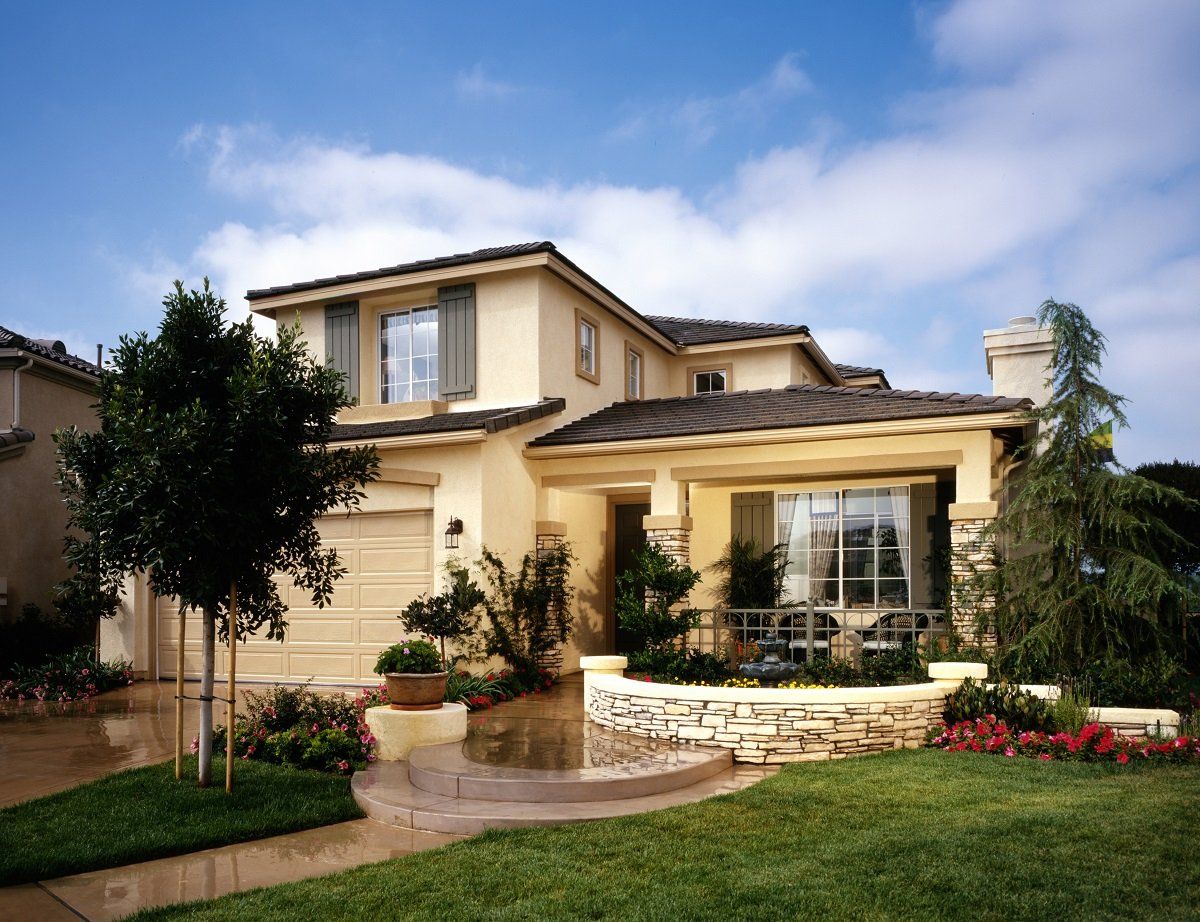Starter Home or Forever Home? Which One Should You Consider?
Buying a new home is a huge investment. There are a lot of things to consider, especially if you’re a first-time buyer. Since it is a long-term commitment, it is important to make the best decision possible to be certain that you and your family are going to be satisfied.You have to consider which type of home fits you: a starter home or a forever home. A starter home is a smaller home usually bought by first-time buyers. A forever home is one that your family can settle in for a long time.Consideration of which home to buy depends on your current situation and goals. To help you decide, Cami Jones Collaborative shares these important points in determining which one will be the right fit for you and your family.
Price
A starter home is much smaller and cheaper. It usually has 1-2 bedrooms and fewer amenities. It’s a common option for younger, first-time buyers because it allows you to save more money. Most owners sell it after 5 to 10 years to purchase a larger home. In Kansas City, the starter home value is around $61,200.On the other hand, a forever home has a higher cost. It’s important to make sure that you’re financially stable before making a purchase. Use a mortgage calculator to figure out the best price and monthly payment for you.Here are some additional costs for homebuyers to consider.
- Renovation costs. Check how many renovations are needed, as they might go past your budget or take longer than expected. Renovations are very important to increase the home’s value and fix safety issues.
- Interior and exterior upkeep. If you’re used to living in an apartment with a landlord or superintendent you can call on for maintenance, you might be in for a surprise when you buy a home. Be prepared for additional expenses like home repairs, flooring, landscaping, or snow removal.
- Insurance. It is more expensive than renter’s insurance, and you might also need private mortgage insurance depending on your situation. Not having insurance might put you in violation of your mortgage contract.
- Other fees. These include closing costs, taxes, real estate fees, or any legal fees that the lawyer pays on your behalf.
Location
Depending on your situation, the location of your potential home is an important factor to consider. You might want a place that’s close to your work or to your friends and loved ones. For starter homes, choose a location with a potential for resale. You don’t want to be stuck with a piece of property when you decide to move.In choosing the location of your forever home, make sure it is close to your work, your kids’ school, the hospital, and any other necessary services. This way, you can avoid constantly moving which takes time and money, as well as the emotional toll on the kids if you move too far or change schools.Here are some factors to consider when choosing a location.
- Climate. Choose a location with a good climate to avoid too much heat, flooding, or severe calamities. It could eventually affect the state of your house which might lead to further renovations that will add to your expenses.
- Neighborhood. Everyone likes a place with a good neighborhood to avoid stress. Toxic neighborhoods might affect your family, especially your kids if they hang out with people with destructive qualities.
- Safety. Make sure to check if the location of your home is prone to break-ins or theft. You can use a crime mapping service or take a tour around and talk to the people living in the area.
- Proximity to daily activities or entertainment. Being in close proximity to the nearest mall, supermarkets, restaurants, or entertainment venues is essential for your needs.
- Transportation. Being close to highways, trains, or other modes of transportation is a big help to save some time in your travel hours. Easy commutes are one of the most valuable assets that people look for when choosing the location of their house.
Personal Goals
Your future plans will have a large impact on deciding which type of home to purchase. If you don’t plan on staying at a certain place for more than 5 years, then a starter home is a good option. A forever home will be perfect to grow your family, especially if you’re not planning on a job change anytime soon.Here are some points that might influence your future goals.
- Length of stay. If you don’t see yourself staying for longer than ten years, then a forever home might not be a good idea since it is more pricey than a starter home. Invest in a forever home if your mind is set on staying there and growing your family.
- Space needed. If you are a couple buying a house for the first time, a starter home is recommended. However, starter homes tend to have a smaller space. If you plan on having kids soon, you could outgrow the place, so you may want to opt for a bigger house that can accommodate the kids long-term.
- Change in lifestyle. If you’re the type that spends a lot of time outside, then the smaller space of a starter home might be ideal. If you’re about to have a kid and will spend a lot of time at home, then a forever home is a good investment for your child and the whole family.
Local Real Estate Market
Unless you plan on moving to another place, consider checking which type of homes in your local real estate market fit your budget and track their prices and availability. Also, check if buying or renting will be more appropriate.Good real estate agents know their local real estate market very well. They can provide a lot of information and guidance that can help you make a good decision.
Quick Questions to Ask Yourself
Purchasing a home will be one of the biggest transactions you’ll ever make. It’s a big move and there are a lot of things to consider that will affect you mentally, emotionally, and financially.Before choosing your home, it is important to evaluate your buying options: affordability, location, condition, and your future plans. Always think twice before making any decision. Buy your home for the right reasons.Here are some common questions you can ask yourself.
- How much can I afford? You can get a mortgage pre-approved, so that you know how large of a loan you can get. It can provide you with a more specific expectation on how much you can afford. You can also consider some assistance options like down payment assistance or first-time homebuyer programs.
- How long do I plan on staying? Moving to a new house can be time-consuming and expensive, especially if you haven’t built up equity in your home. If you move out before living there for around two years, you can be subjected to capital gains taxes. If you think there’s no guarantee that you’ll stay on your current property for 2 to 5 years, then reassess buying a new home.
- What is the condition of the house? Get an inspection before investing in a new home. Have a list of things that need replacement or repair. Also, get an appraisal before signing your mortgage to assess the market value of the home.
- How much space do I need? Always consider your lifestyle and goals. If you have children, other family members, or pets with you, then you might need a bigger house. If you want to have an outdoor living space, then you need a house with a big yard. Also, put your focus on affordability and the right kind of home for you.
- Does the location suit my needs? To know how much time you’ll spend on the commute to work, try doing a “test drive” or mapping out your route. Also, consider the proximity to family, friends, and nearby amenities. If you plan on staying for a long time, then the location should be convenient for you.
- Do I have the means to renovate? Figure out which renovations should be done first. Consider your budget, your availability, and the timeline you’d like them to be completed. If there are certain renovations that affect your health and safety like molds or structural issues, then these should be done immediately.
- How do I communicate with my realtor? Let your agent know how you want to communicate, either via text, email, or call. Keeping in touch with them will keep you both updated if ever there will be changes.
Professional Real Estate Agency
Cami Jones Collaborativey is one of the top residential real estate companies in Kansas City. Our dedicated team delivers a great marketing strategy, staging services, and confident negotiation skills. We make sure that your transaction goes efficiently and smoothly. For more information, call us at (913) 521-5567 or (913) 521-8883. You can also reach out to us via email.



 Talk to Us About Your Dream Home
Talk to Us About Your Dream Home




















